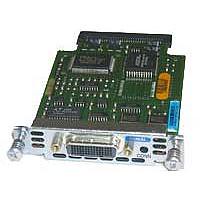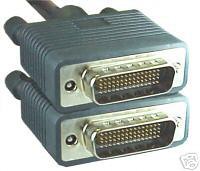Routing protocols need to determin the best way to reach a certain address. So in the case there is more than one possibility, the routing algorithm looks up a metric value. The differnent routing protocols have different metrics. They can also combine differnet metric in a so calles hybrid metric. These are metrics used:
- path length
- reliabilty
- delay
- bandwidth
- load
- communication cost
path lenght could be assigned as an arbitrary cost to each network link and then is the summ of the cost of each link traversed.
RIP for example take the hop count as metric. It’s the number of passes through routers a packet takes.
reliability refers to a dependability of each network link.
delay defines the value a packet take from source to destination. It’s a conglomerate of several variables and a common metric
bandwidth refers to the available capacity of a link. It does not necessarily provide better routes, because links can be busy and the time could be greater.
load the degree a network resource is busy, which might be processor load
communication cost is the possibility to avoid sending data over costful lines, that for example do not belong to your own ones. It meight be more expensive to send over other provider path’s, then your own.
Source:
http://www.cisco.com/univercd/cc/td/doc/cisintwk/ito_doc/routing.htm#xtocid15


